In the constant quest to improve Formula One, the question of the qualifying format keeps being raised. Currently, Formula One Qualifying comes in three rounds. After round one, the five slowest cars are eliminated, the same for Qualifying 2. Qualifying 3 leaves the fastest 10 drivers with two attempts at the fastest lap.
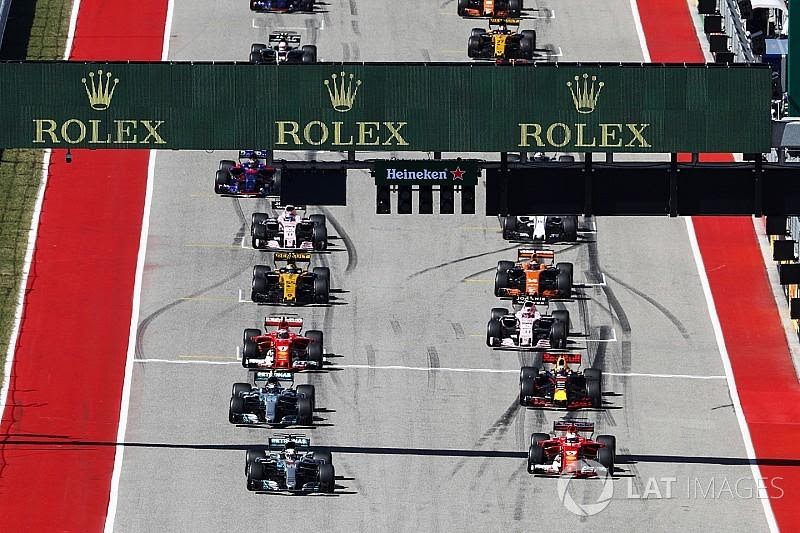
Some have advocated changing to a qualifying race format, starting with a reverse grid from the finishing position of the previous race or championship position. The idea is that the fastest car and driver combination will be able to move through the field, but it would have the potential to shake up the starting grid, giving smaller teams a chance. Apart from the extra expense in engine wear and spare parts, there is a logical fallacy here. If overtaking is difficult in a full grand prix, it is hard to understand how it is suddenly going to get easy in a shortened version. One top car starting out of position might be able to scythe its way through the pack, but all of them trying to do this in a short amount of time is not likely to produce the envisaged result. One of the reasons a top car starting from the back is able to move so quickly through the field is because the cars he is passing are not going to defend their position too vigorously as they are, in reality, fighting for the minor places, not the win. It is not in the interest of any driver starting from outside the top ten to try and fight an out of position Hamilton or Vettel because they are not racing them for position. In a qualifying race, the drivers would all be fighting for grid positions and therefore defending aggressively. It is fraught with risk for the teams who may find themselves with major repairs after the Qualifying race (and it is many years since the teams had a spare “T” car available to them).
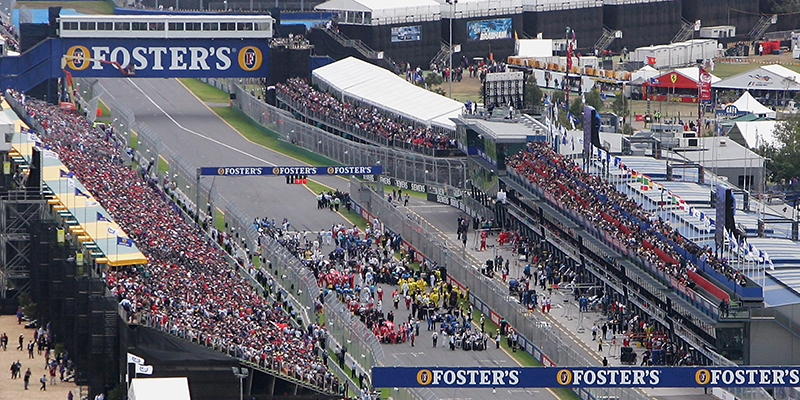
It has recently been suggested that Formula One follows the format adopted by Formula E. In Formula E, the drivers are split up into qualifying groups, depending upon their position in the Championship. The top six in the Championship make up the first group, with the following group following in descending order. The top six drivers from that session go on to participate in the Super Pole. Formula E takes place over one day, not three, and the circuits are street circuits. Circuits evolve over a race weekend (or day in Formula E’s case) increasing in grip the more they are used. This means that by the E-Prix Qualifying session, the circuit has not rubbered in and those going in the first group have a much more difficult job achieving a top six time on the slippery circuit than those in the last group, who benefit from the grip offered by the now well used circuit. This system has produced mixed up grids and a variety of winners, which on the face of it, makes it attractive. It has its drawbacks and I think it is one of the weaknesses of Formula E. The purpose of having a championship is to reward the driver who does the best job over the whole series. The Formula E qualifying format does not produce a Championship race, rather it looks more like a motorsport version of a game of Snakes and Ladders. Part of the skill of being a successful racing driver is the ability to build a championship challenge over a season. The Formula E format interferes with this, and, in my opinion, devalues the Championship. I am not sure that this is the solution Formula One is looking for.
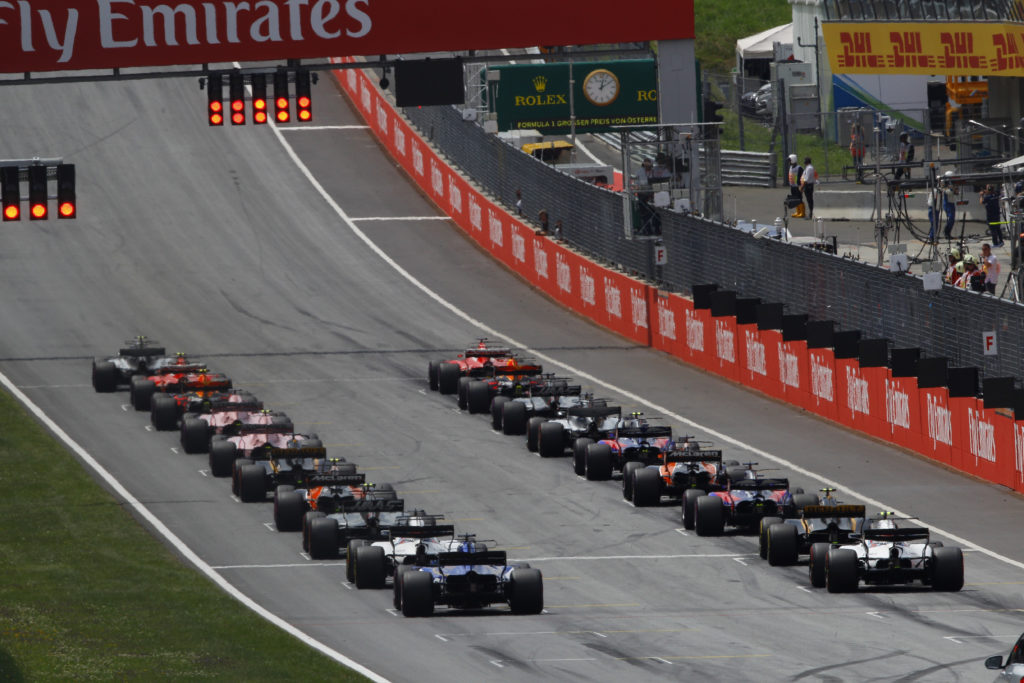
It’s difficult to understand why the management at Formula One are considering a change at all. If there’s anything in Formula One that’s working well, it’s the Qualifying format. Let me explain why.
The Grand Prix weekend used to consist of Free Practice 1 on Friday, followed by Qualifying 1 on Friday afternoon. Then there was Free Practice 2 on Saturday, followed by Qualifying 2 on Saturday afternoon. Free Practice 3 (or Warm Up session) and the race took place on Sunday. This meant that the drivers had two hour long sessions where they could qualify for the race. If things didn’t work on Friday, they had another go on Saturday. Even if they had a bad accident during Qualifying, they had the spare “T” car at their disposal. They hadn’t introduced the team curfew so pit crew “all-nighters” were not uncommon to effect repairs before the race. They had as many engines as they could afford, and often they had the option of a special “Qualifying Tyre” designed only for maximising the qualifying performance. This means that the drivers had 2 hours to qualify their car and had the ability to make changes to set up and repairs to damage throughout the weekend.
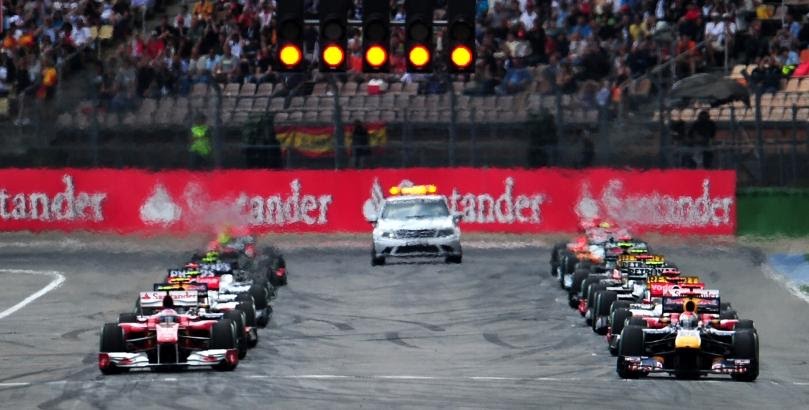
Compare this to today’s format. The drivers have six laps to qualify their car. They don’t have T Cars so if they go off, they are out. They don’t have qualifying tyres and the number of tyres they have is restricted throughout the weekend. This has changed the discipline of qualifying considerably. It has become a tension filled, action packed spectacle where the drivers have nowhere to hide. To take pole position today, a driver needs to time their run to the second. They cannot make a single mistake. As well as raw speed over one lap, they need judgement, focus and nerve. The Formula One qualifying format produces a display of driving talent unmatched anywhere.
Formula One bills itself as the Pinnacle of Motorsport. In terms of the qualifying format, it certainly produces this. It’s hard to understand the constant clamour for change.
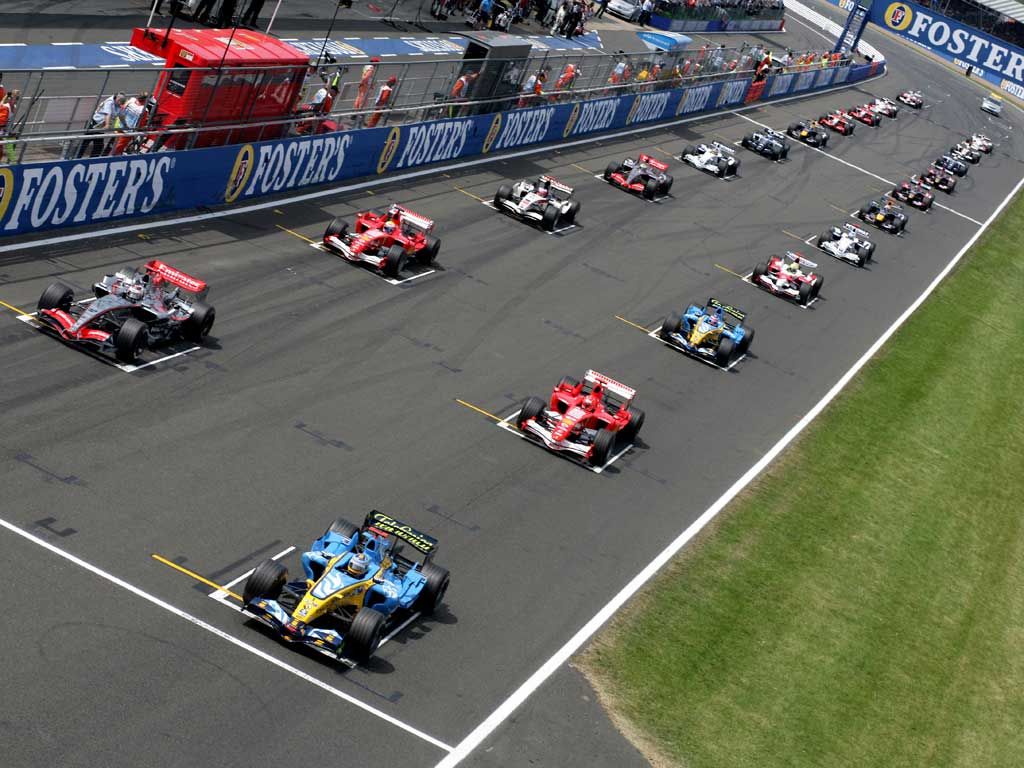
Formula One management need to make up their minds. If they want to merely entertain viewers on a weekend, they can mess about with a Formula E type qualifying or a mini race. If, however, they want to showcase the best racing drivers in the world, then why change the Qualifying? The best drivers in Formula One consistently produce virtuoso qualifying performances week in and week out. It’s awesome. Let’s appreciate it.
Clare Topic
clare.topic@outlook.com
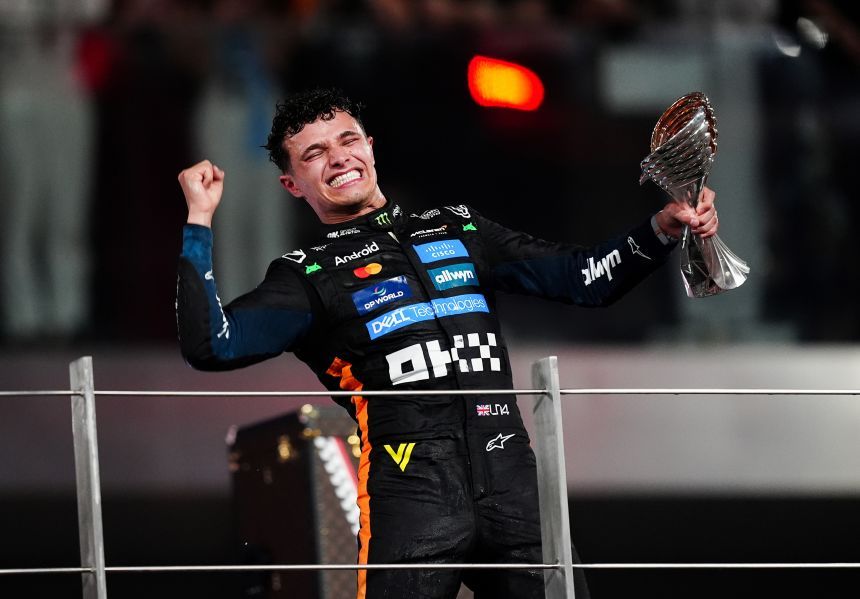

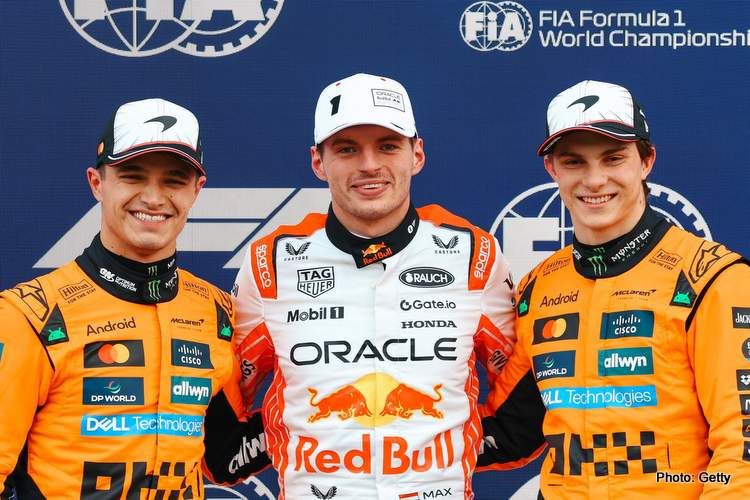
Comments
Authorize to comment